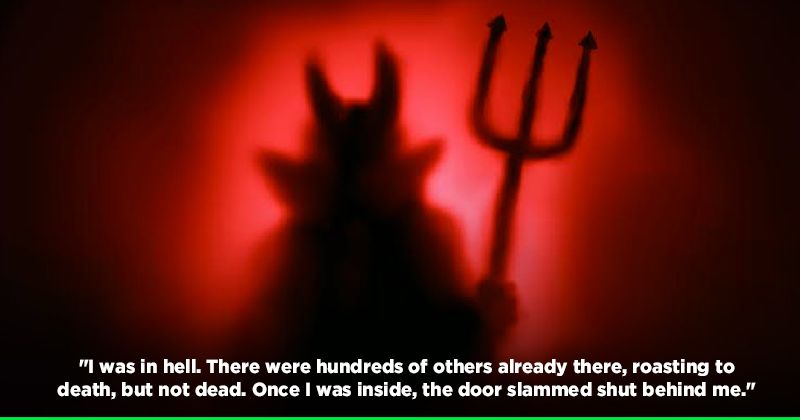


Nor is the concomitant of omnipresence a widespread requisite: Gods disappear.

Broader Categoriesĭespite the shock this fact may deal to modern Western religious sensibilities, it is a commonplace within the history of religions that immortality is not a prime characteristic of divinity: Gods die. Nevertheless, the figure of the dying and rising deity has continued to be employed, largely as a preoccupation of biblical scholarship, among those working on ancient Near Eastern sacred kingship in relation to the Hebrew Bible and among those concerned with the Hellenistic mystery cults in relation to the New Testament.

Modern scholarship has largely rejected, for good reasons, an interpretation of deities as projections of natural phenomena. The naturist explanation is flawed at the level of theory. The evidence for sacral regicide is limited and ambiguous where it appears to occur, there are no instances of a dying god figure. There are empirical problems with the euhemerist theory. The two interpretations were linked by the notion that death followed upon a loss of fertility, with a period of sterility being followed by one of rejuvenation, either in the transfer of the kingship to a successor or by the rebirth or resurrection of the deity.
STORIES OF DYING AND COMING BACK TO LIFE FULL
The naturist explanation, which covered the full cycle of dying and rising, held the deities to be personifications of the seasonal cycle of vegetation. This practice, it was suggested, would be later mythologized, giving rise to a dying god. In the former, which focused on the figure of the dying god, it was held that a (sacred) king would be slain when his fertility waned. Frazer offered two interpretations, one euhemerist, the other naturist. Frazer The Golden Bough, especially in its two central volumes, The Dying God and Adonis, Attis, Osiris. The category of dying and rising gods, as well as the pattern of its mythic and ritual associations, received its earliest full formulation in the influential work of James G. DefinitionĪs applied in the scholarly literature, "dying and rising gods" is a generic appellation for a group of male deities found in agrarian Mediterranean societies who serve as the focus of myths and rituals that allegedly narrate and annually represent their death and resurrection.īeyond this sufficient criterion, dying and rising deities were often held by scholars to have a number of cultic associations, sometimes thought to form a "pattern." They were young male figures of fertility the drama of their lives was often associated with mother or virgin goddesses in some areas, they were related to the institution of sacred kingship, often expressed through rituals of sacred marriage there were dramatic reenactments of their life, death, and putative resurrection, often accompanied by a ritual identification of either the society or given individuals with their fate. The category of dying and rising gods, once a major topic of scholarly investigation, must now be understood to have been largely a misnomer based on imaginative reconstructions and exceedingly late or highly ambiguous texts.


 0 kommentar(er)
0 kommentar(er)
